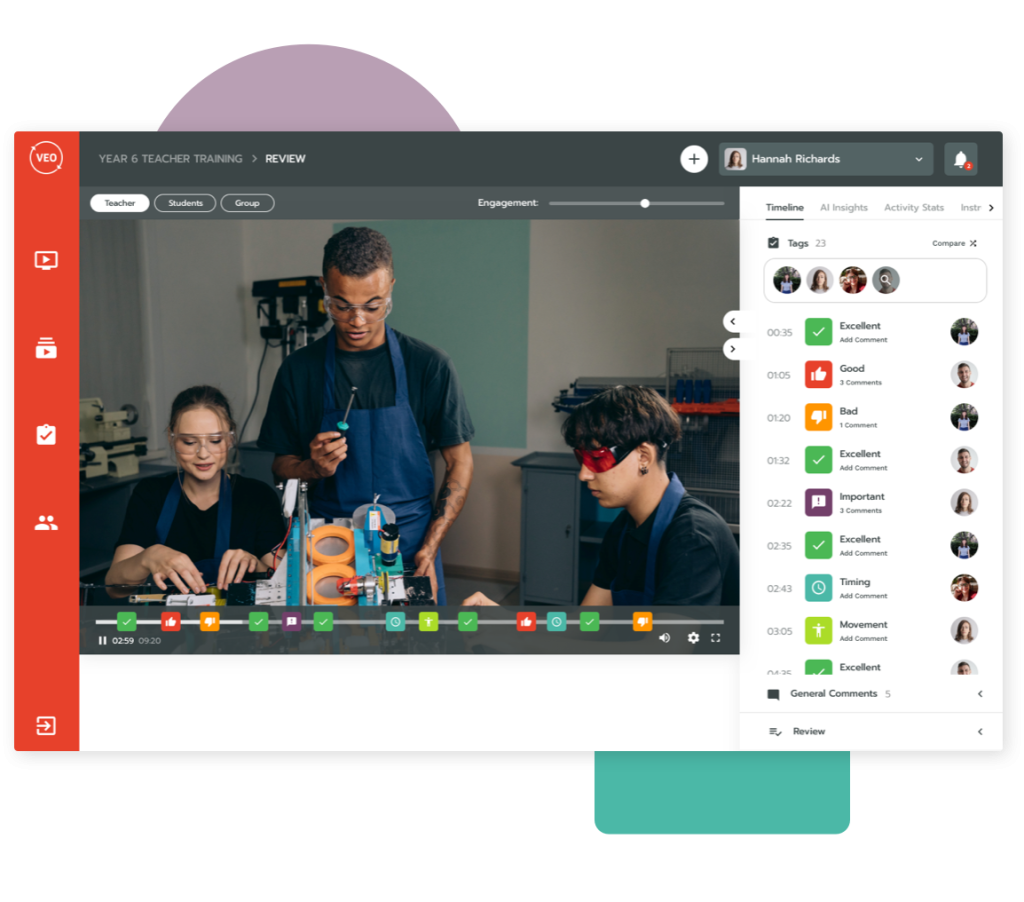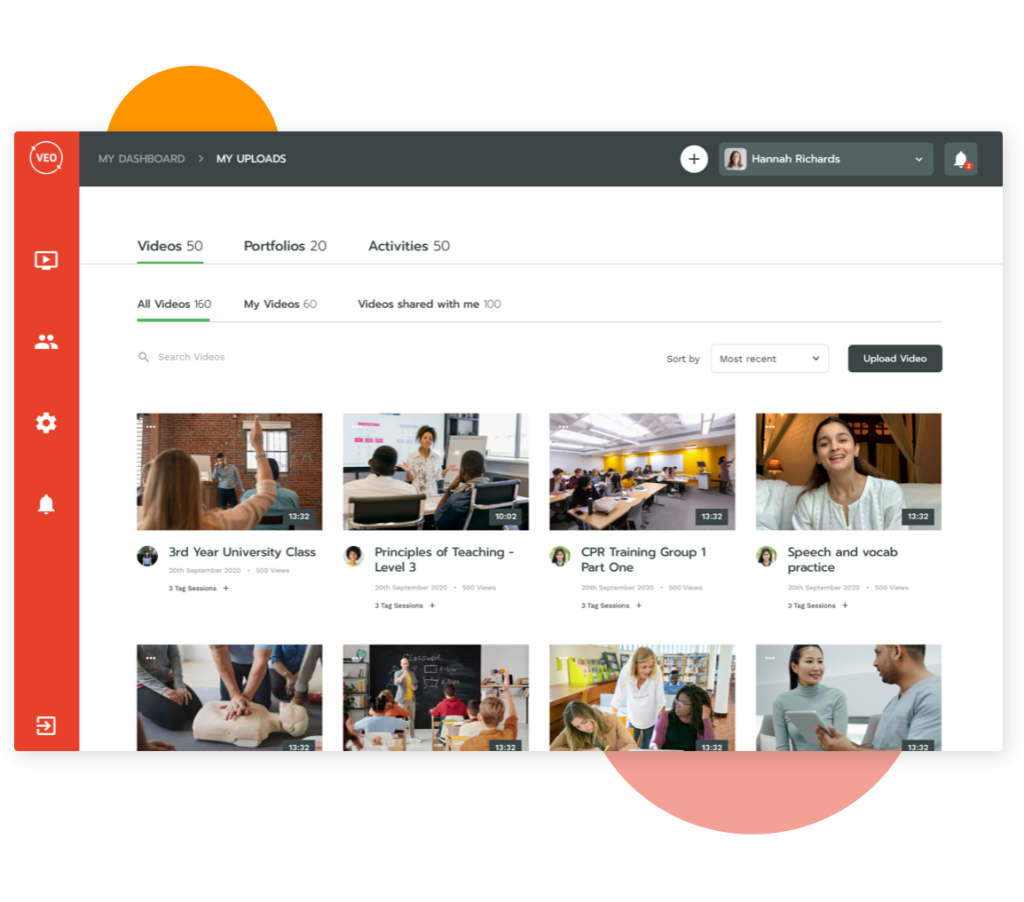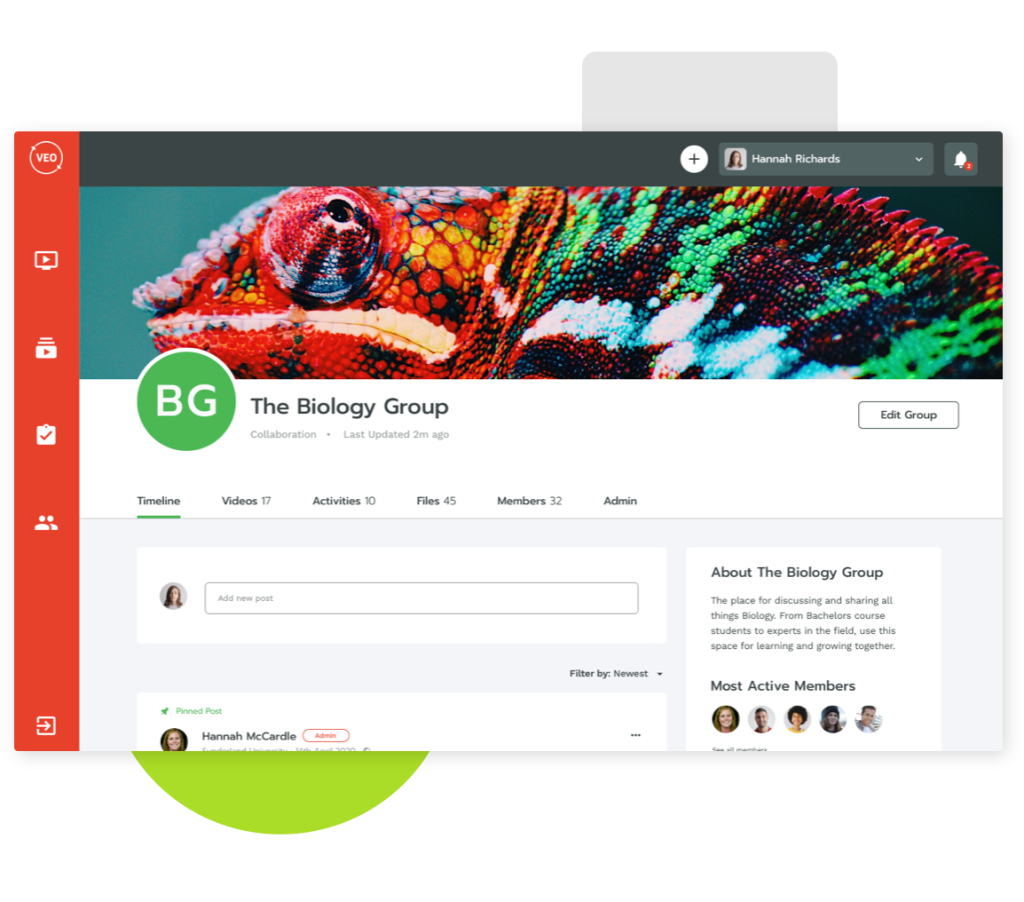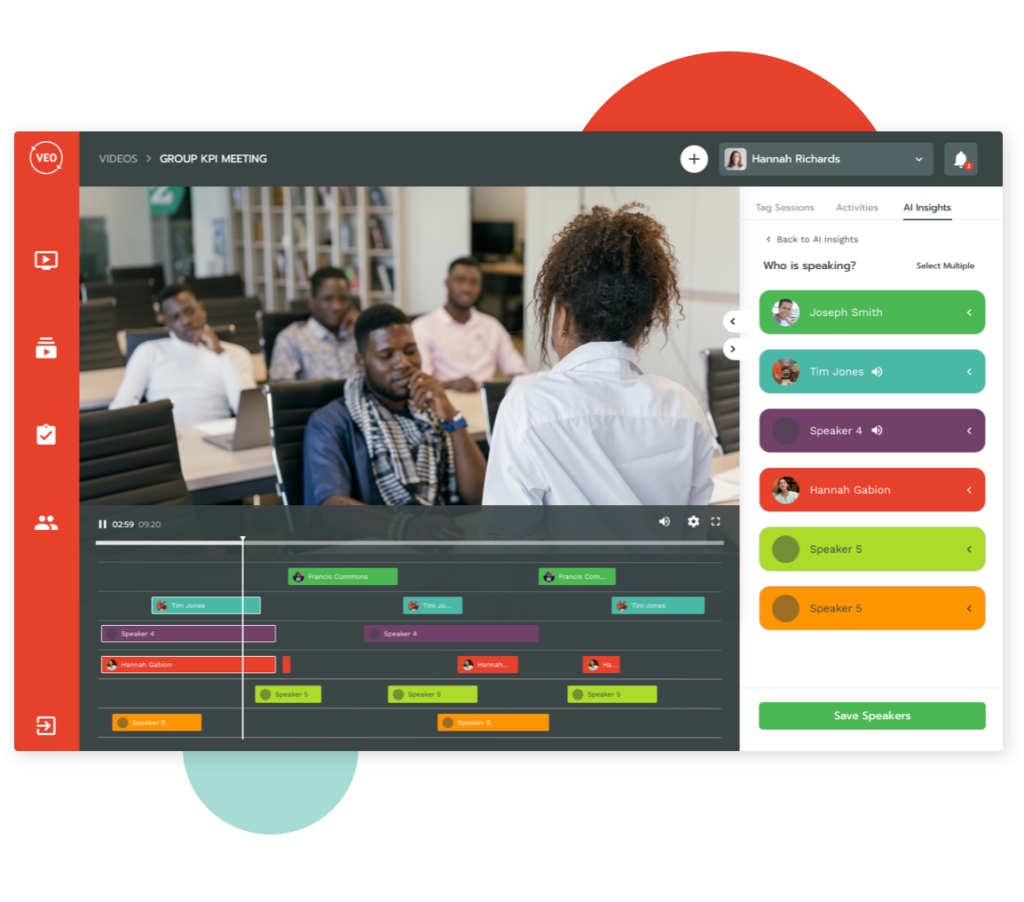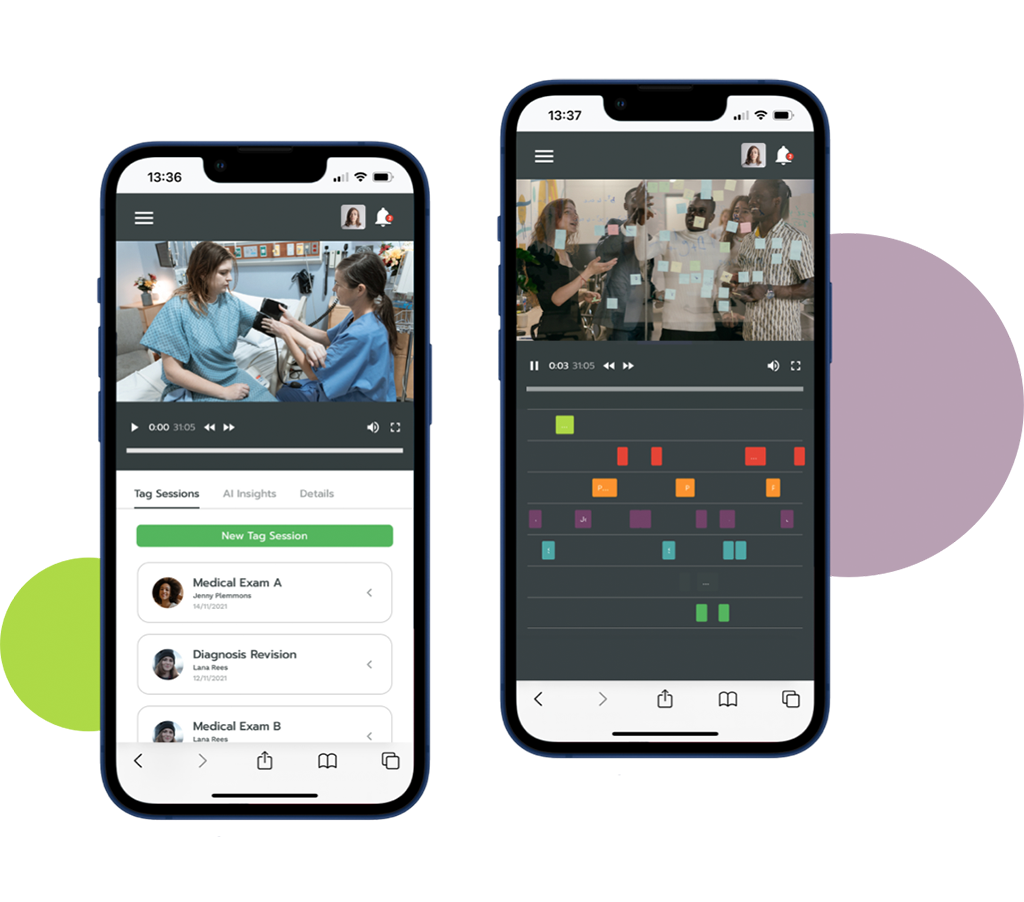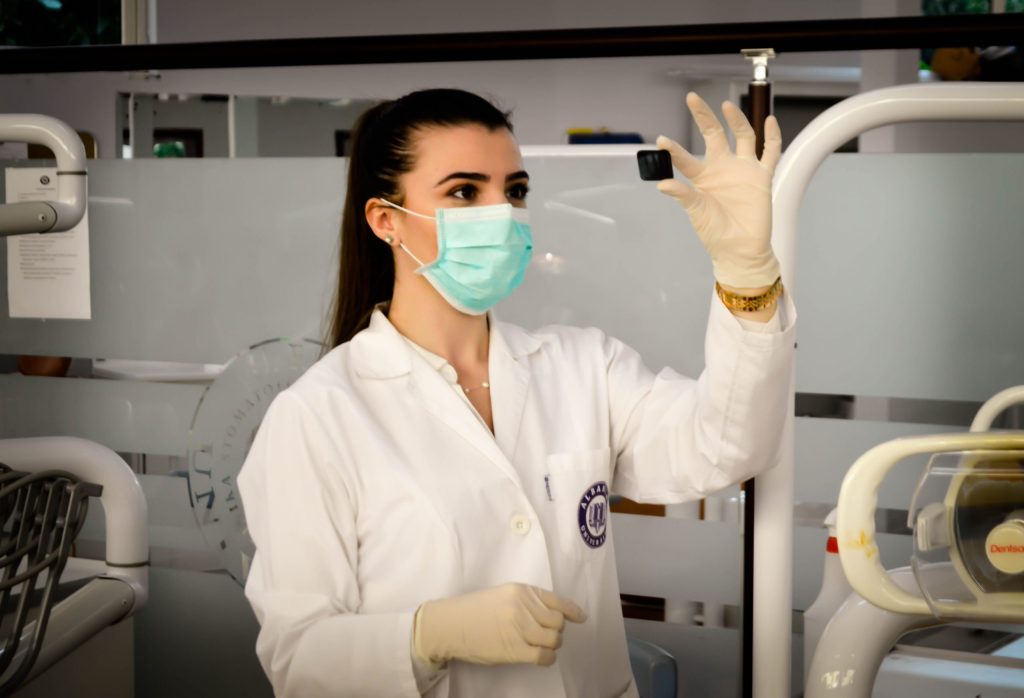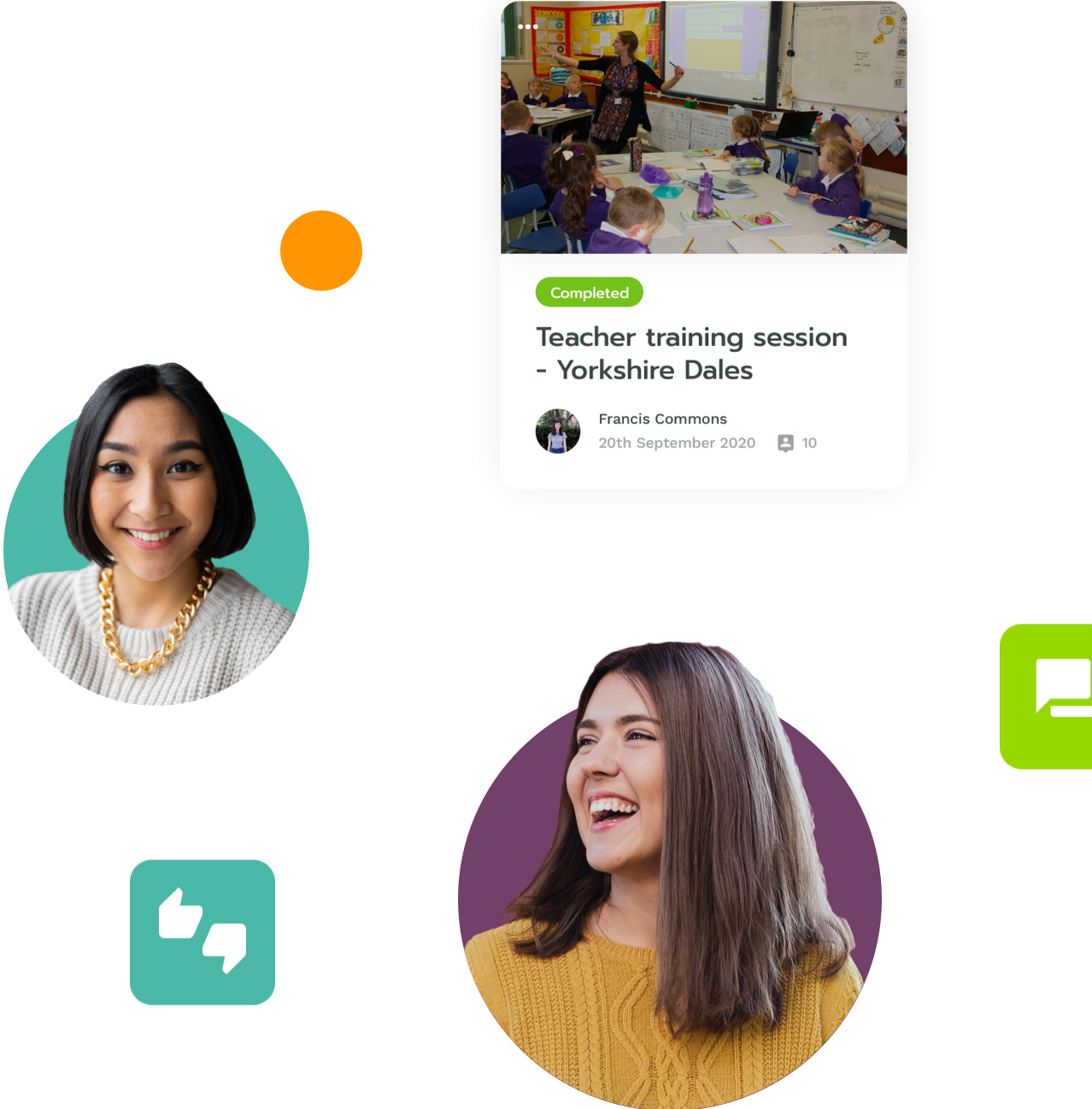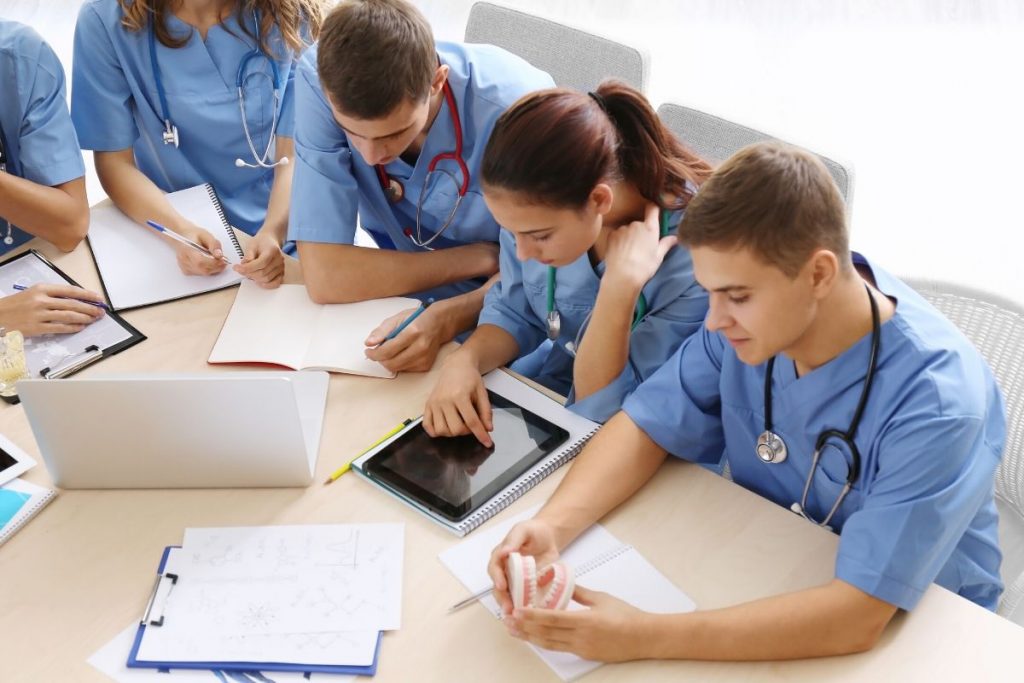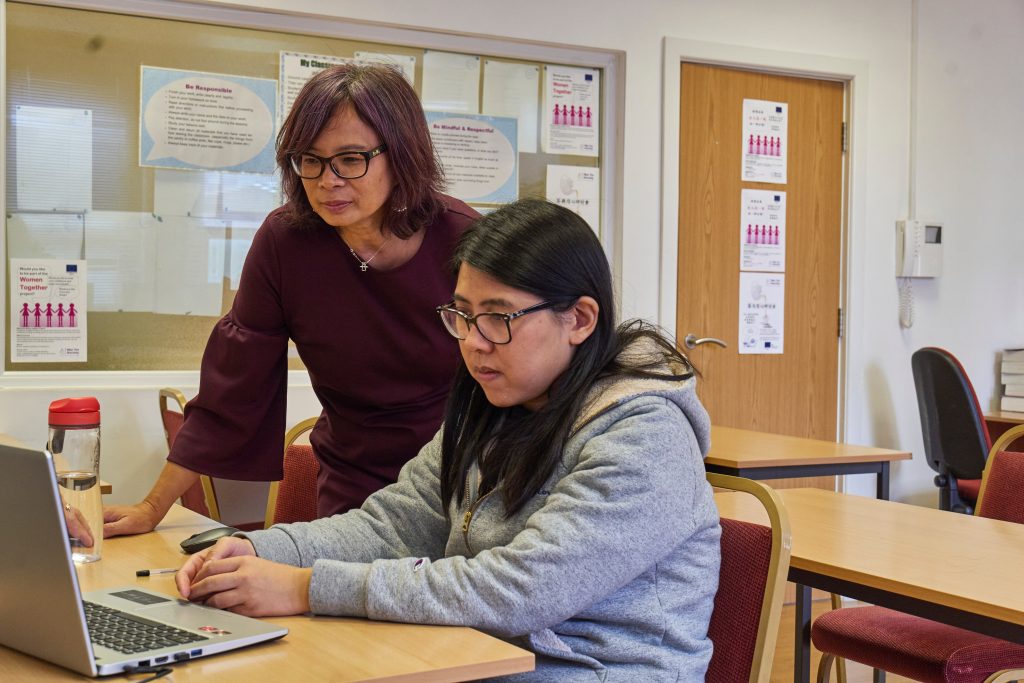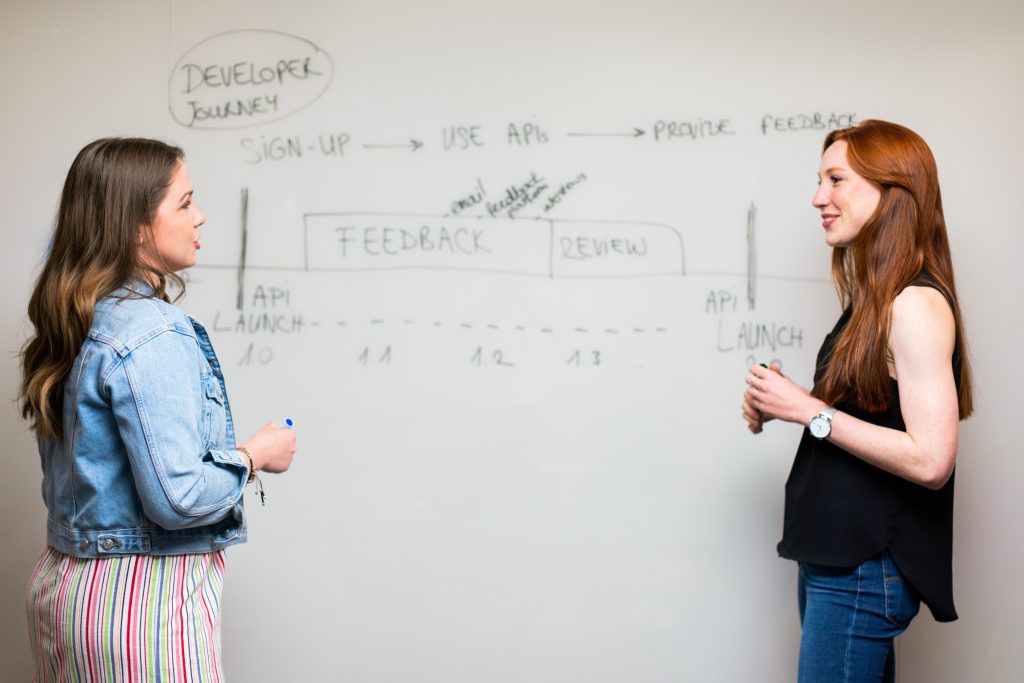In response to the immense pressure that the COVID-19 pandemic placed on nurses and pandemic, interest in healthcare degrees and training is at a record high.
In March-April 2020, the NHS careers page recorded more than 1.2 million visits over a seven-week period. A 52% increase when compared to the same period in 2019. Research suggests that this is still increasing, as 2021 nursing course applications increased by 32% compared to 2020
In this blog, we’ll explore a few ways that video tagging software can help to support the surge in healthcare training and degrees.
Allows Increased Training Capacity
Video feedback is not uncommon in the training of healthcare students. And there have been numerous studies demonstrating the efficacy of its implementation. However, this is usually carried out in large film studio-esque training rooms. Unfortunately, this approach limits the training capacity, as only a handful of students can use a training room at any one time.
By using mobile-based video observation software such as VEO, healthcare students can record each other as learning opportunities happen. This means that multiple students can be recording, tagging and self-reflecting at any time. Whether on the training ward or in the classroom.
Effective Self-Evaluation
Another advantage of video feedback over traditional training methods is the emphasis on self-reflection. Instead of waiting for mentor/tutor feedback, students can watch, tag and evaluate their own performance and compare their progress against personal and educational goals.
Furthermore, research on medicine residents found that trainees were less likely to believe feedback if they felt that the statements being made weren’t directly related to first-hand observation. Recording training and giving appropriate feedback relating to the video means trainees are much more likely to be responsive to any feedback.
Generates Video Evidence
Recent research by Epstein et al. found a positive correlation between video-based learning and reflection, and increased confidence and mastery of a practice-based skill.
In order to qualify as a nurse or paramedic, healthcare students must develop and demonstrate hundreds of skills and procedures. Traditionally, a lecturer will oversee demonstrations through in-person simulation. However, there are times where not all key skills are evidenced over the course of a student’s placement. Therefore assessment becomes tricky. With the increased number of medical students, it will only become more difficult to monitor and develop all these skills effectively.
This is where tagged video comes in, as students can record and tag themselves demonstrating skills either on placement or in a training ward. Lecturers can therefore review and feedback at any time, not just when they’re present. Being able to see the development of skills throughout the course by reviewing previous recordings can also give assessors more confidence when signing off trainee nurses to work on a ward.
Reduces Strain on Nursing Tutors
Traditional, in-person OSCEs are both time, and resource-intensive. Often, institutions will enlist help from additional hired lecturers to assist in the process. This process can take two members of staff several hours. However through video-based observation and tagging, this process can be cut down by 2/3.
By using a video observation platform, trainees can share peer-recorded clips with lecturers, and receive rich, in-depth feedback. This also reduces strain on lecturers, allowing them to review clips at their own pace.
Start using video to improve medical education outcomes for your students
Harness the power of video learning in your own training programme. Sign up for a free demo today!
